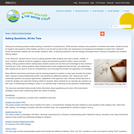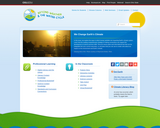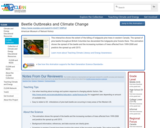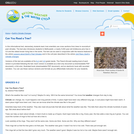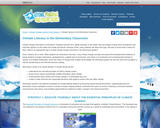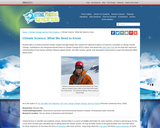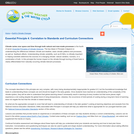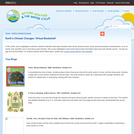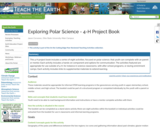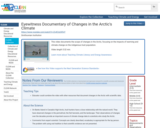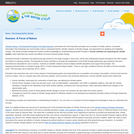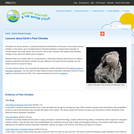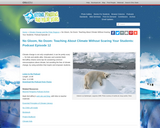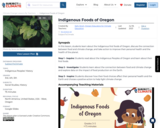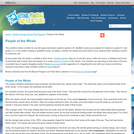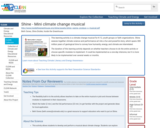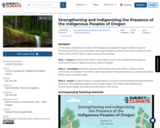SYNOPSIS: In this lesson, students learn about the Indigenous peoples of Oregon’s distinct ways of knowing and living, how colonization damaged Indigenous lands and natural resources, and what can be done to start to repair some of the damage.
SCIENTIST NOTES: This lesson underscores the importance of strengthening and building the capacity of the Indigenous peoples of Oregon to protect their lands, territories, and natural resources. It allows students to gain insights into the history of the Indigenous peoples, reflect on how they were colonized, and understand how the nine tribes have evolved from the past to the present. It also stretches students' ability to develop tactics to help support the Indigenous peoples to protect their lands from degradation. The materials, images, and videos used in creating this lesson were fact-checked, and this lesson has passed our science review process.
POSITIVES:
-Students will learn that even though Indigenous people’s land was forcibly taken from them, they continue to maintain and pass on their ways of living and doing.
-Students will gain a greater sense of place as they discover which federally recognized Native American reservations are located near their community.
-Students will have the chance to reflect on their feelings and emotions as they learn about colonization and forced relocation.
ADDITIONAL PREREQUISITES:
-Speaking about colonization can raise emotions. Both educators and students need to understand that colonization is an ongoing process with many lands still being occupied due to broken and deceptive treaties.
-Teachers may wish to view the film, Broken Treaties, before teaching this lesson to gain a greater understanding of the history of the Indigenous peoples of Oregon. The film includes information about violent massacres that may not be appropriate for younger students. The two short segments of the film that are included in the lesson were selected because they are age-appropriate.
DIFFERENTIATION:
-Students can complete the research activity individually, in pairs, or in small groups. You can also choose to go over the research materials (articles, videos, etc.) as a class and have students answer the research questions after.
-You can give students the chance to choose any project in the Inspire section, you can limit the choices to one or two project ideas, or you can choose to have the students all complete the same project.
-As an extension, invite a Tribal member to visit the class in person or via video call.
